Home>Gardening & Outdoor>Landscaping Ideas>What Is The Best Zoysia Grass
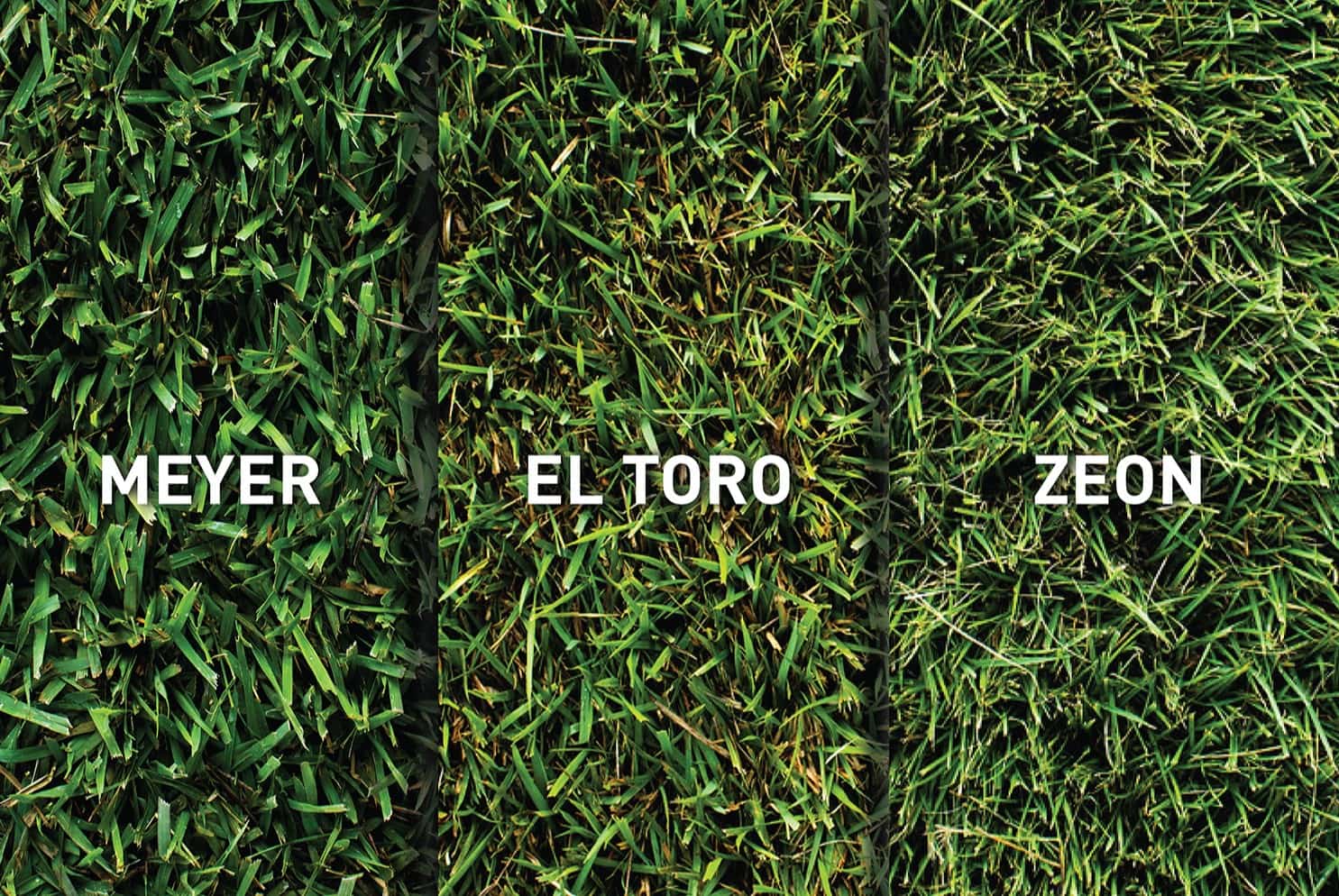

Landscaping Ideas
What Is The Best Zoysia Grass
Modified: June 1, 2024
Looking for the best Zoysia grass for your landscaping ideas? Discover the top options and expert tips for a lush and vibrant lawn.
(Many of the links in this article redirect to a specific reviewed product. Your purchase of these products through affiliate links helps to generate commission for Storables.com, at no extra cost. Learn more)
Introduction
Welcome to the wonderful world of landscaping, where the grass is always greener with Zoysia grass! If you’re in search of the perfect grass variety to elevate your lawn, you’ve come to the right place. Zoysia grass is a popular choice among homeowners and landscape professionals for its lush, dense growth and resilience to various weather conditions. This versatile grass species is known for its ability to thrive in a wide range of climates, making it a top contender for lawns, golf courses, parks, and athletic fields.
Throughout this article, we’ll delve into the characteristics, popular varieties, best uses, and maintenance tips for Zoysia grass. Whether you’re a seasoned landscaper or a novice homeowner looking to revamp your lawn, this comprehensive guide will equip you with the knowledge needed to make an informed decision about incorporating Zoysia grass into your outdoor oasis.
Key Takeaways:
- Zoysia grass is a top-tier choice for stunning, low-maintenance lawns, thanks to its lush growth, heat tolerance, and resilience to damage from foot traffic and environmental stress.
- With varieties suited to different climates and landscaping needs, Zoysia grass is versatile for creating inviting lawns, durable sports fields, and contributing to erosion control efforts.
Read more: What Height To Mow Zoysia Grass
Characteristics of Zoysia Grass
Zoysia grass is celebrated for its remarkable characteristics that set it apart from other grass species. One of its most notable features is its dense, lush growth, which creates a luxurious carpet-like appearance on lawns and landscapes. This dense growth not only enhances the aesthetic appeal of the grass but also contributes to its ability to choke out weeds and resist common lawn pests.
Another standout characteristic of Zoysia grass is its exceptional tolerance to heat and drought. This makes it an ideal choice for regions with long, hot summers, where maintaining a vibrant, resilient lawn can be a challenge. Additionally, Zoysia grass exhibits impressive cold tolerance, allowing it to retain its lush green hue well into the fall season in colder climates.
Furthermore, Zoysia grass is known for its low maintenance requirements. Once established, it has a slow growth rate, reducing the frequency of mowing and the overall upkeep of the lawn. Its deep root system enables it to access water and nutrients from the soil more efficiently, contributing to its drought tolerance and overall resilience.
Moreover, Zoysia grass is favored for its ability to recover quickly from damage, such as foot traffic and environmental stress. This makes it an excellent choice for lawns that experience high activity, such as children playing or pets roaming about. Its rapid regrowth and self-repairing capabilities ensure that the lawn remains lush and inviting, even under heavy use.
With these exceptional characteristics, Zoysia grass stands out as a top-tier option for homeowners and landscapers seeking a visually stunning, low-maintenance, and resilient grass variety for their outdoor spaces.
Popular Varieties of Zoysia Grass
When it comes to Zoysia grass, there are several popular varieties that have gained recognition for their unique attributes and suitability for different environments. One of the most well-known varieties is Zoysia japonica, which is celebrated for its lush, dense growth and exceptional tolerance to heat and drought. This variety thrives in warm climates and is often favored for its ability to create a luxurious, carpet-like lawn.
Another widely recognized Zoysia grass variety is Zoysia matrella, which is esteemed for its fine texture and stunning emerald green hue. This variety is well-suited for lawns and landscapes where a more manicured, formal appearance is desired. Its fine blades and dense growth create a velvety, uniform lawn that adds a touch of elegance to outdoor spaces.
Zoysia tenuifolia, also known as Korean velvet grass, is a unique variety that stands out for its fine texture and striking visual appeal. This delicate yet resilient grass is often used as a ground cover or accent grass in landscaping due to its graceful, cascading growth habit and vibrant green color.
For those seeking a Zoysia grass variety that excels in both sun and shade, Zoysia hybrid varieties offer a compelling solution. These hybrids combine the best attributes of different Zoysia species, resulting in grasses that exhibit enhanced shade tolerance while maintaining the signature resilience and lush growth typical of Zoysia grass.
Each of these popular Zoysia grass varieties brings its own set of characteristics and advantages to the table, allowing homeowners and landscapers to select the most suitable option based on their specific preferences, climate, and landscaping needs.
When choosing the best Zoysia grass, consider factors like your climate, sun exposure, and maintenance preferences. For example, if you live in a warm climate with lots of sun and want a low-maintenance option, consider Zoysia matrella.
Best Uses for Zoysia Grass
Zoysia grass is a versatile and resilient turfgrass that lends itself to a wide array of landscaping applications, making it a popular choice for various outdoor settings. One of the primary uses of Zoysia grass is as a lawn grass in residential and commercial landscapes. Its dense, lush growth and vibrant green color create a visually appealing and inviting lawn that can withstand heavy foot traffic and environmental stress.
Furthermore, Zoysia grass is well-suited for golf courses and sports fields due to its ability to withstand the rigors of athletic activities while maintaining an attractive, well-manicured appearance. Its durability, rapid regrowth, and self-repairing capabilities make it an excellent choice for areas with high levels of activity, ensuring that the turf remains resilient and visually appealing.
In addition to traditional lawn and athletic applications, Zoysia grass is often utilized for erosion control and slope stabilization due to its deep root system and soil-binding capabilities. By preventing soil erosion and stabilizing slopes, Zoysia grass contributes to the preservation and integrity of landscapes, making it an invaluable asset in environmental conservation efforts.
Moreover, Zoysia grass is an excellent choice for landscaping accents and borders, where its fine texture, vibrant color, and resilience can be showcased as a focal point or complement to other landscape elements. Whether used as a ground cover, edging material, or standalone feature, Zoysia grass adds a touch of natural beauty and functionality to outdoor spaces.
With its adaptability to various climates and landscaping requirements, Zoysia grass proves to be a versatile and valuable asset in creating stunning, resilient outdoor environments across residential, commercial, and recreational settings.
Maintenance and Care of Zoysia Grass
Proper maintenance and care are essential for ensuring that Zoysia grass thrives and maintains its lush, vibrant appearance. One of the key aspects of Zoysia grass maintenance is mowing. It is recommended to mow Zoysia grass at a height of around 1 to 2 inches to promote healthy growth and discourage weed infestation. Additionally, regular mowing helps maintain the grass’s dense, carpet-like appearance and reduces thatch buildup.
When it comes to watering, Zoysia grass exhibits remarkable drought tolerance once established. However, during dry periods, it is important to provide the grass with approximately 1 inch of water per week to support its overall health and resilience. Deep, infrequent watering is preferable to frequent, shallow watering, as it encourages the development of a robust root system.
For optimal growth and color, Zoysia grass benefits from fertilization with a balanced, slow-release fertilizer. Applying fertilizer in the early spring and again in mid-summer provides the grass with the nutrients it needs to maintain its lush, green appearance and withstand environmental stress.
Furthermore, proper aeration is beneficial for Zoysia grass, as it helps alleviate soil compaction and promotes healthy root development. Core aeration, which involves removing small plugs of soil from the lawn, enhances air, water, and nutrient penetration into the root zone, contributing to the overall vigor of the grass.
When addressing weed control in Zoysia grass, it is important to utilize herbicides specifically formulated for use on this grass species to avoid damage. Additionally, maintaining a healthy, dense lawn through proper mowing, watering, and fertilization serves as a natural defense against weed encroachment.
Lastly, regular overseeding can help rejuvenate thin or damaged areas of Zoysia grass, promoting a denser, more resilient lawn. Overseeding with compatible grass varieties can enhance the overall appearance and durability of the turf, particularly in high-traffic areas.
By following these maintenance and care practices, homeowners and landscapers can ensure that Zoysia grass flourishes, providing a stunning, resilient lawn that enhances the beauty and functionality of outdoor spaces.
Read more: What Are The Different Types Of Zoysia Grass
Conclusion
In conclusion, Zoysia grass stands out as a top-tier choice for homeowners, landscapers, and turfgrass enthusiasts seeking a resilient, visually stunning grass variety for their outdoor spaces. With its dense, lush growth, exceptional heat and drought tolerance, and low maintenance requirements, Zoysia grass offers a wealth of benefits that elevate the aesthetics and functionality of lawns, landscapes, and recreational areas.
The diverse range of popular Zoysia grass varieties, including Zoysia japonica, Zoysia matrella, Zoysia tenuifolia, and hybrid varieties, provides options to suit various climates, preferences, and landscaping needs. Whether creating an inviting, durable lawn, enhancing the beauty of landscaping accents, or establishing resilient turf for athletic fields and golf courses, Zoysia grass proves to be a versatile and valuable asset.
Furthermore, the maintenance and care of Zoysia grass, including proper mowing, watering, fertilization, aeration, weed control, and overseeding, are essential for nurturing its health and vibrancy. By adhering to these practices, homeowners and landscapers can ensure that Zoysia grass thrives, maintaining its lush, vibrant appearance and resilience to environmental stress.
As you embark on your landscaping journey, consider the remarkable attributes and versatile uses of Zoysia grass. Whether transforming a residential lawn into a luxurious outdoor retreat, creating a durable, visually appealing sports field, or contributing to environmental conservation efforts through erosion control, Zoysia grass stands ready to exceed expectations and enrich outdoor environments.
Embrace the beauty, resilience, and versatility of Zoysia grass, and discover the transformative impact it can have on your outdoor oasis.
Frequently Asked Questions about What Is The Best Zoysia Grass
Was this page helpful?
At Storables.com, we guarantee accurate and reliable information. Our content, validated by Expert Board Contributors, is crafted following stringent Editorial Policies. We're committed to providing you with well-researched, expert-backed insights for all your informational needs.
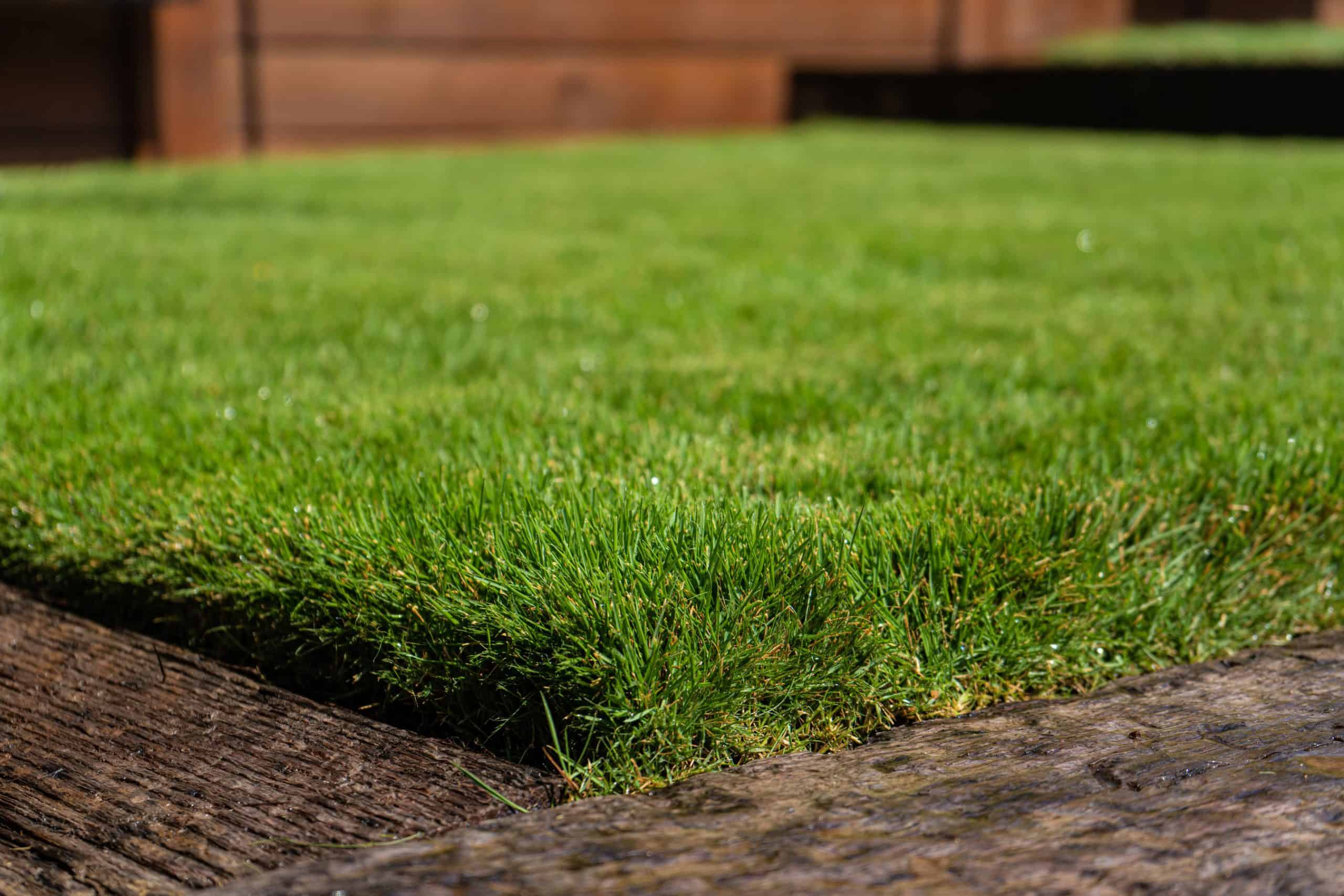
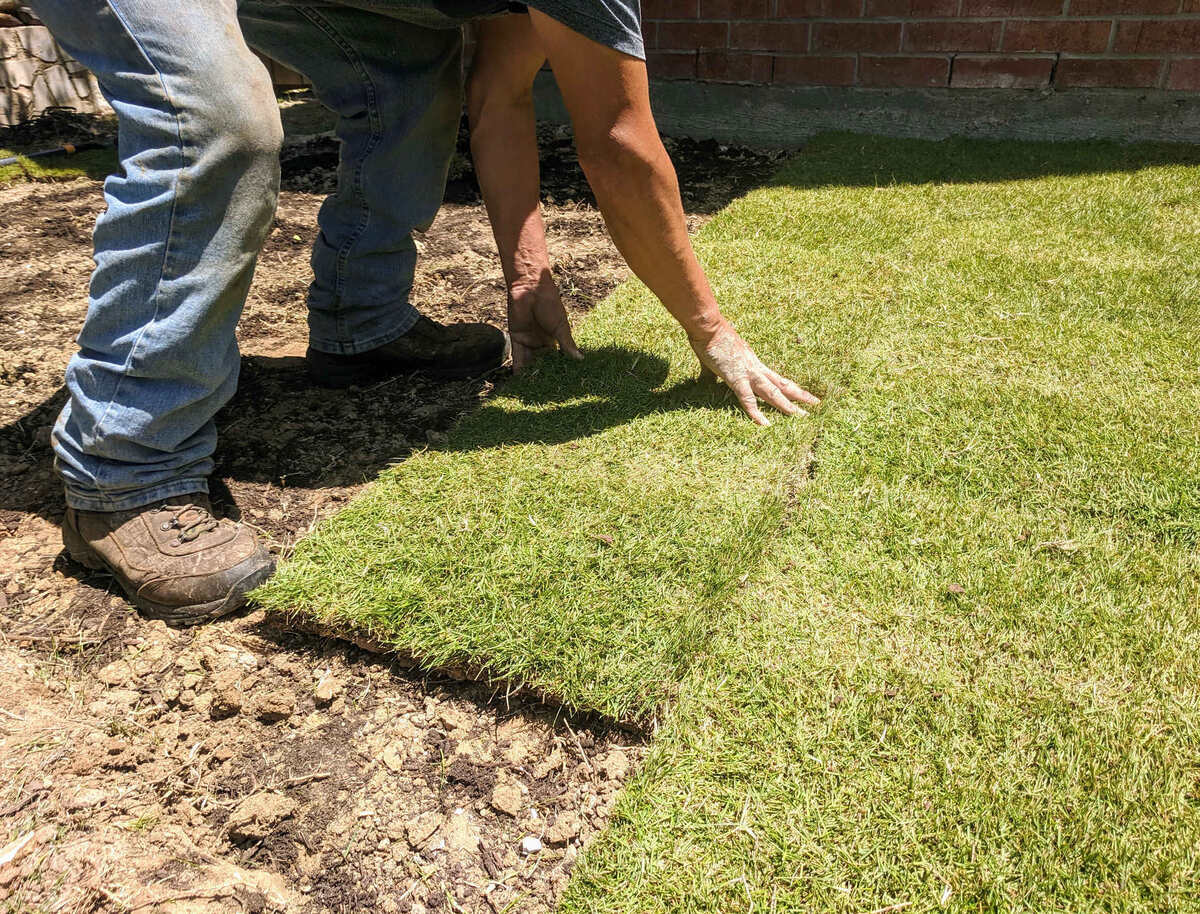
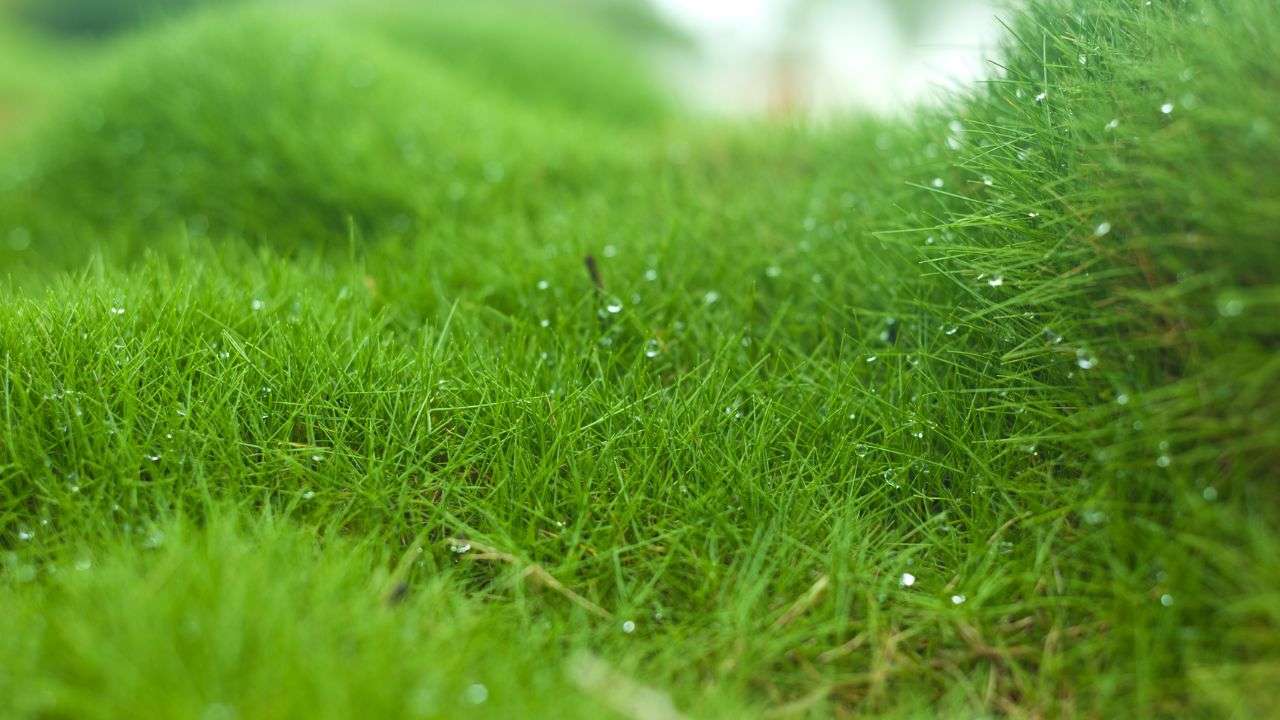
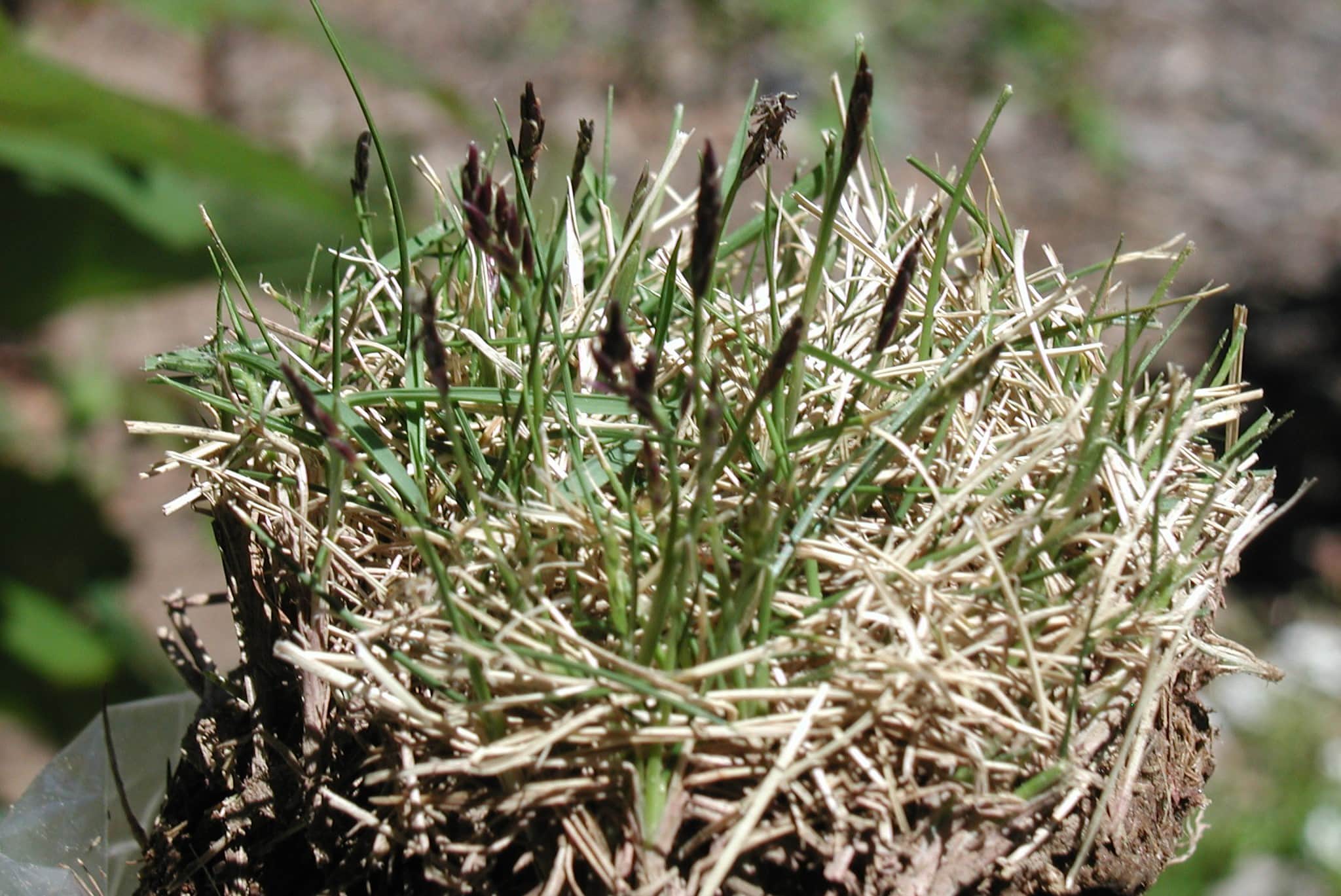
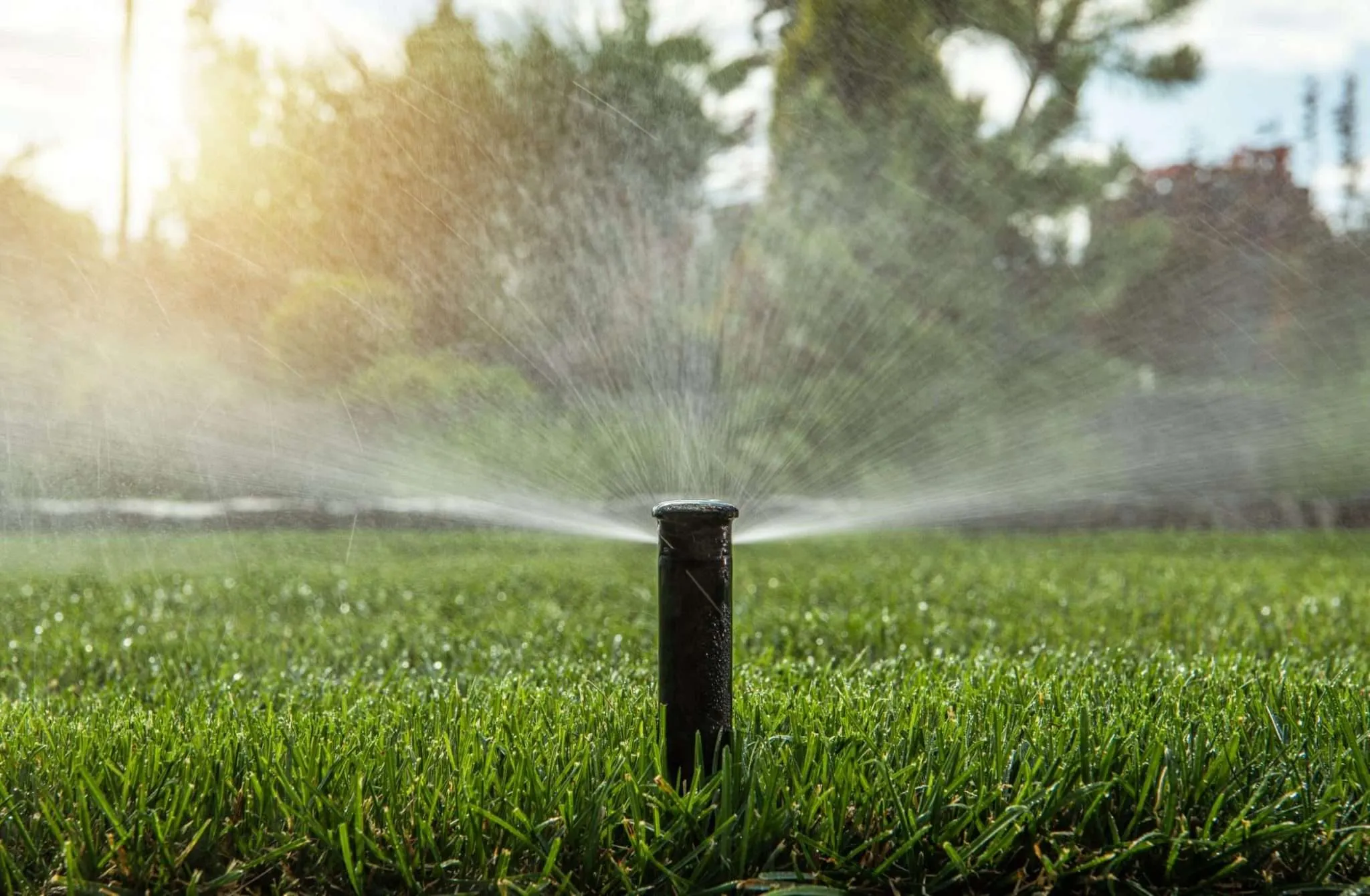
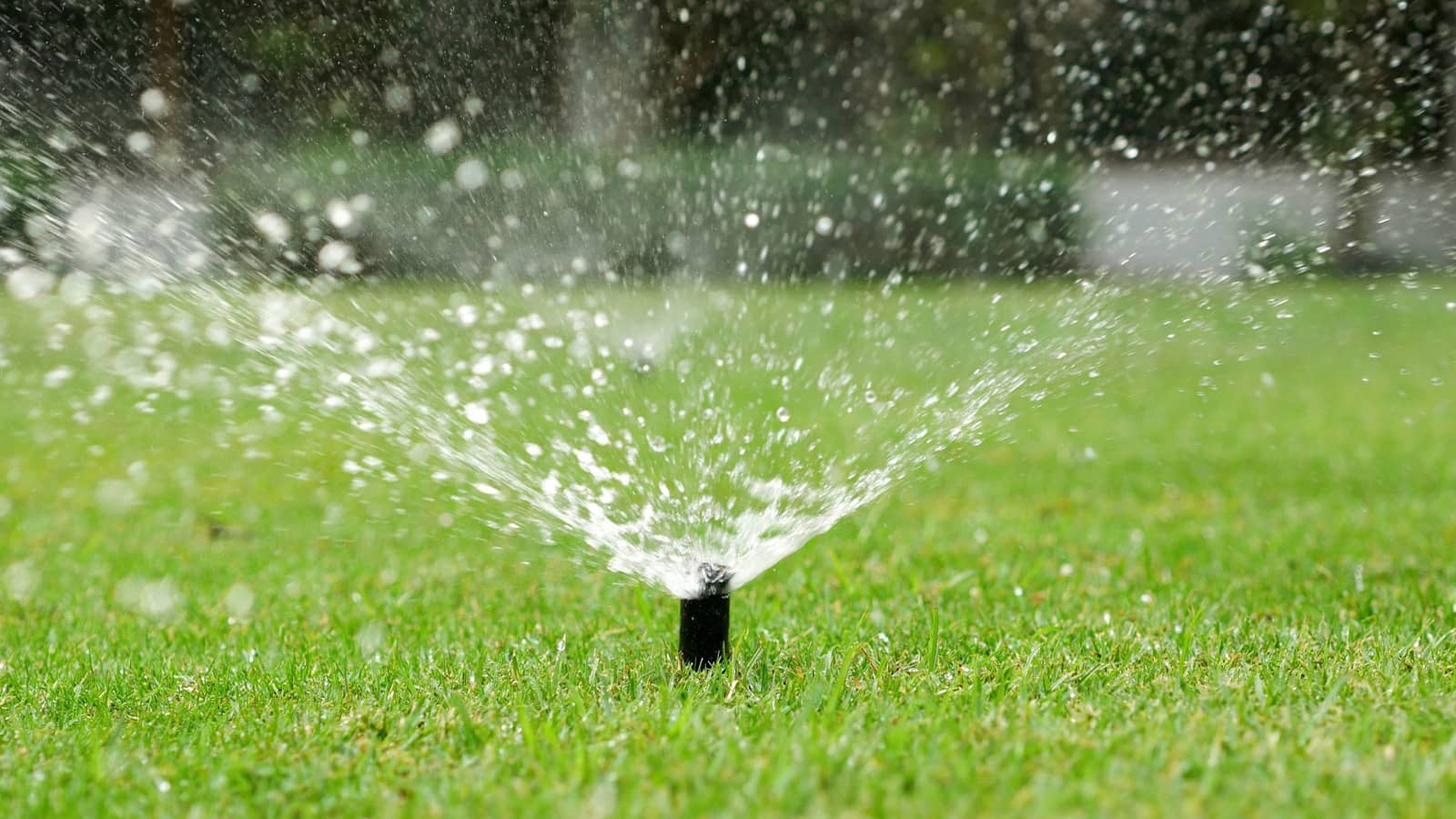
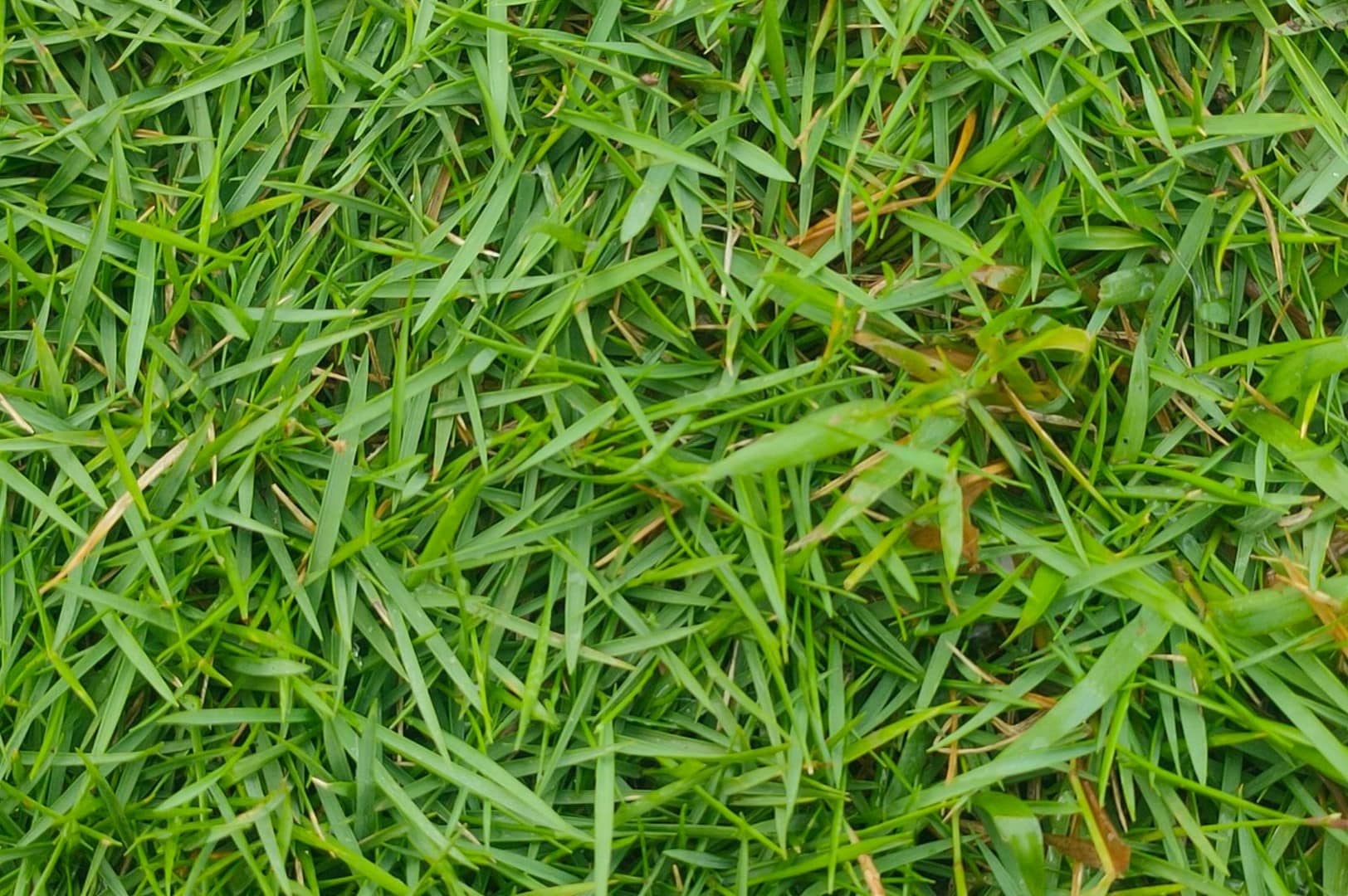
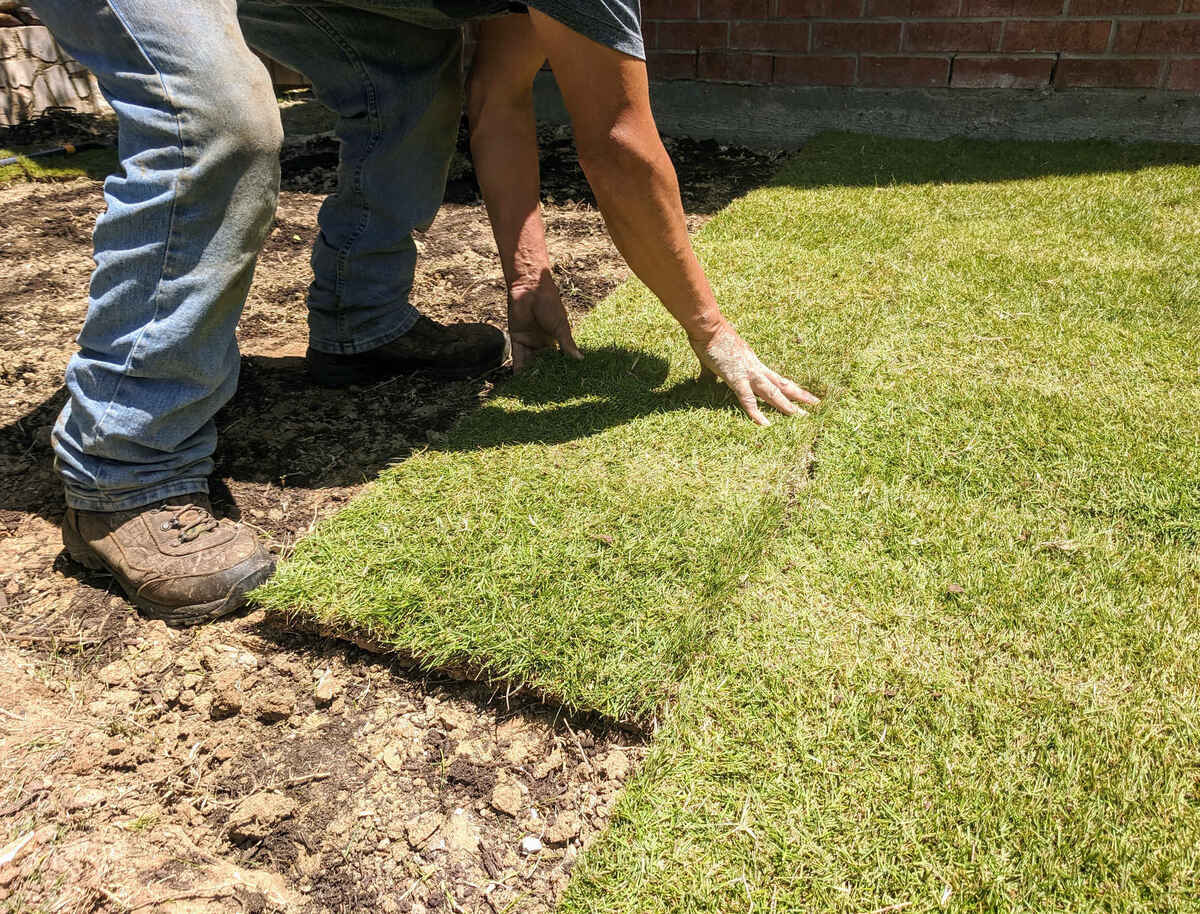
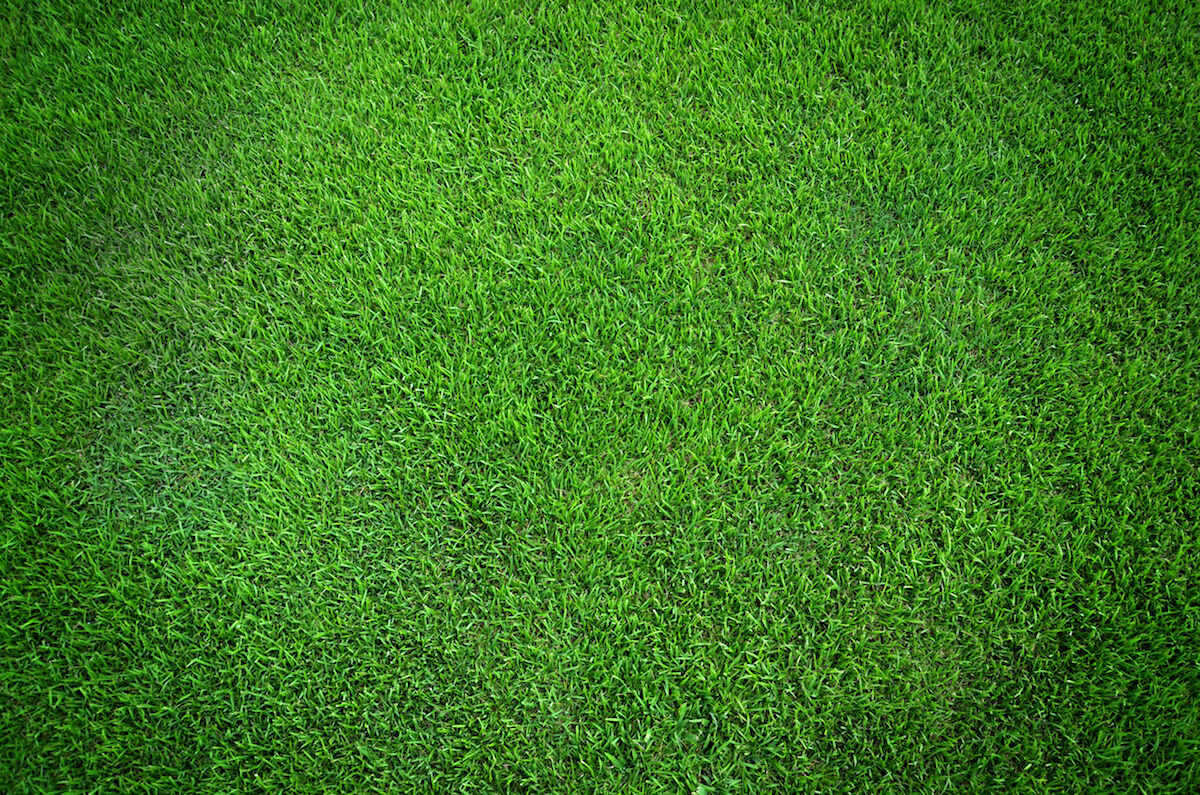
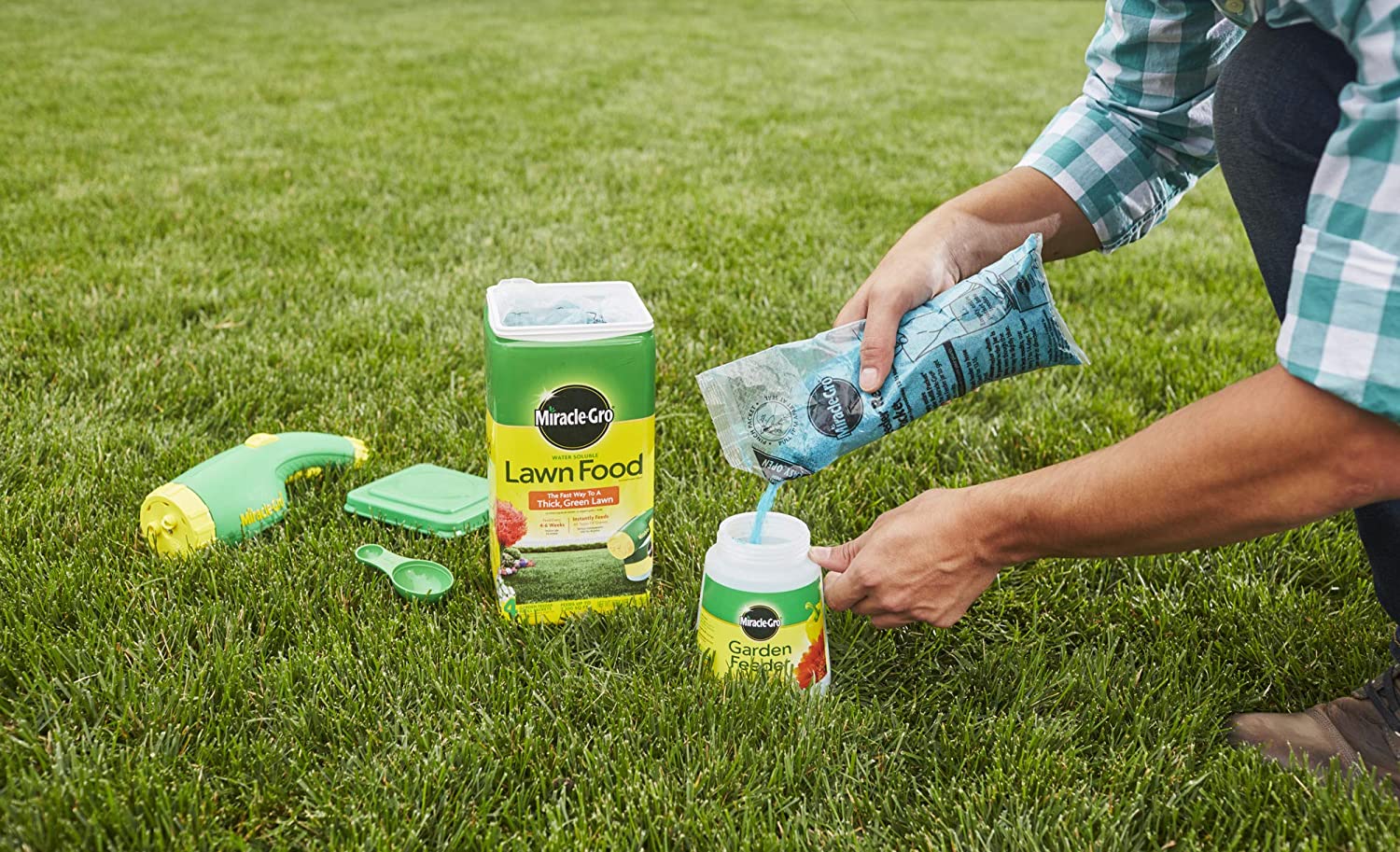
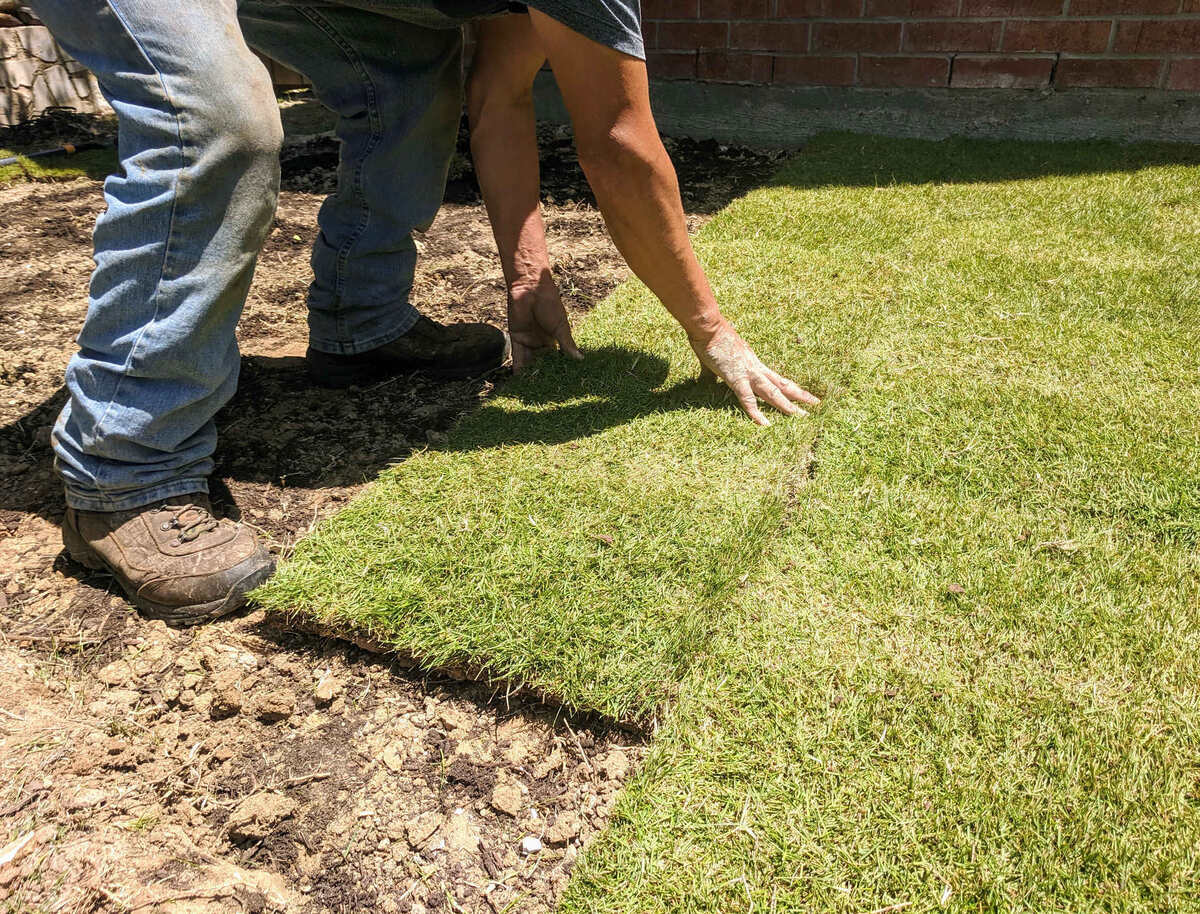
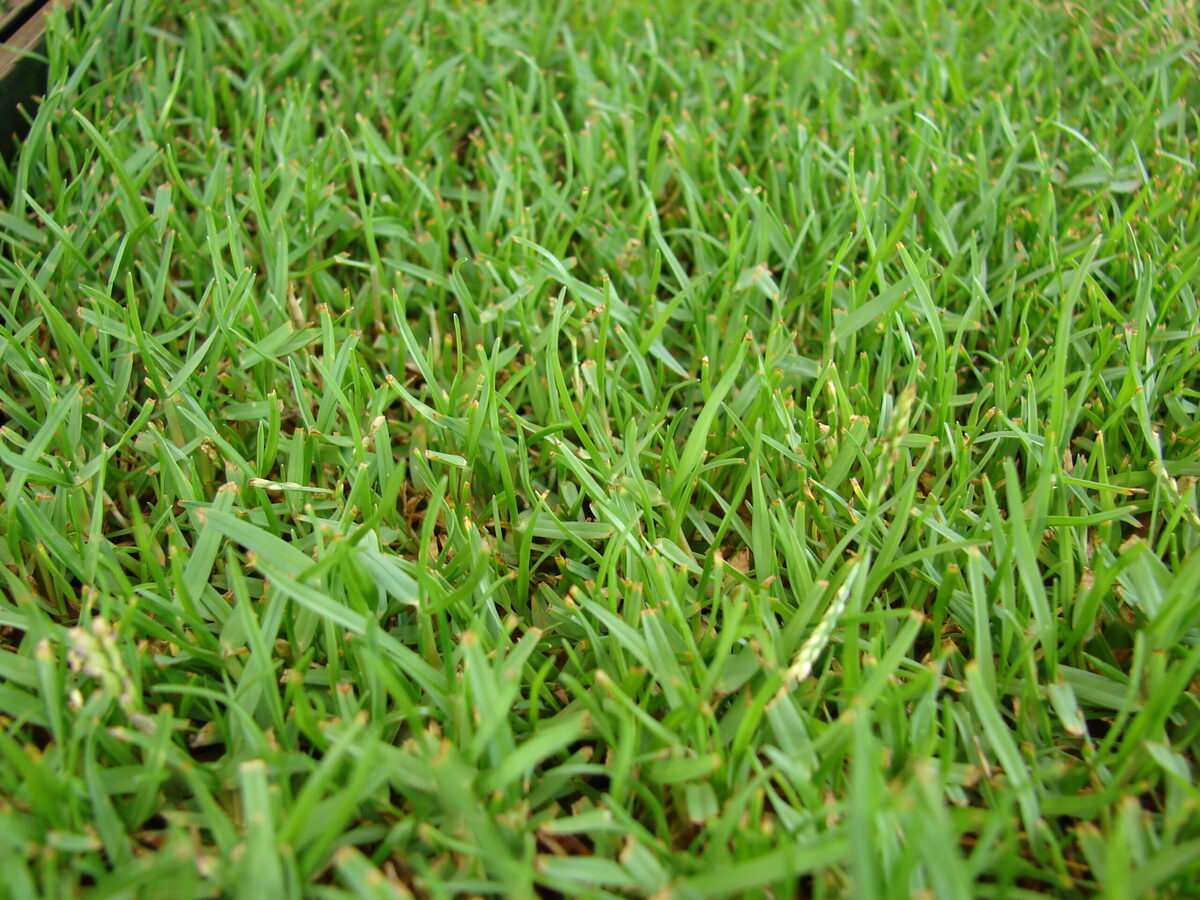
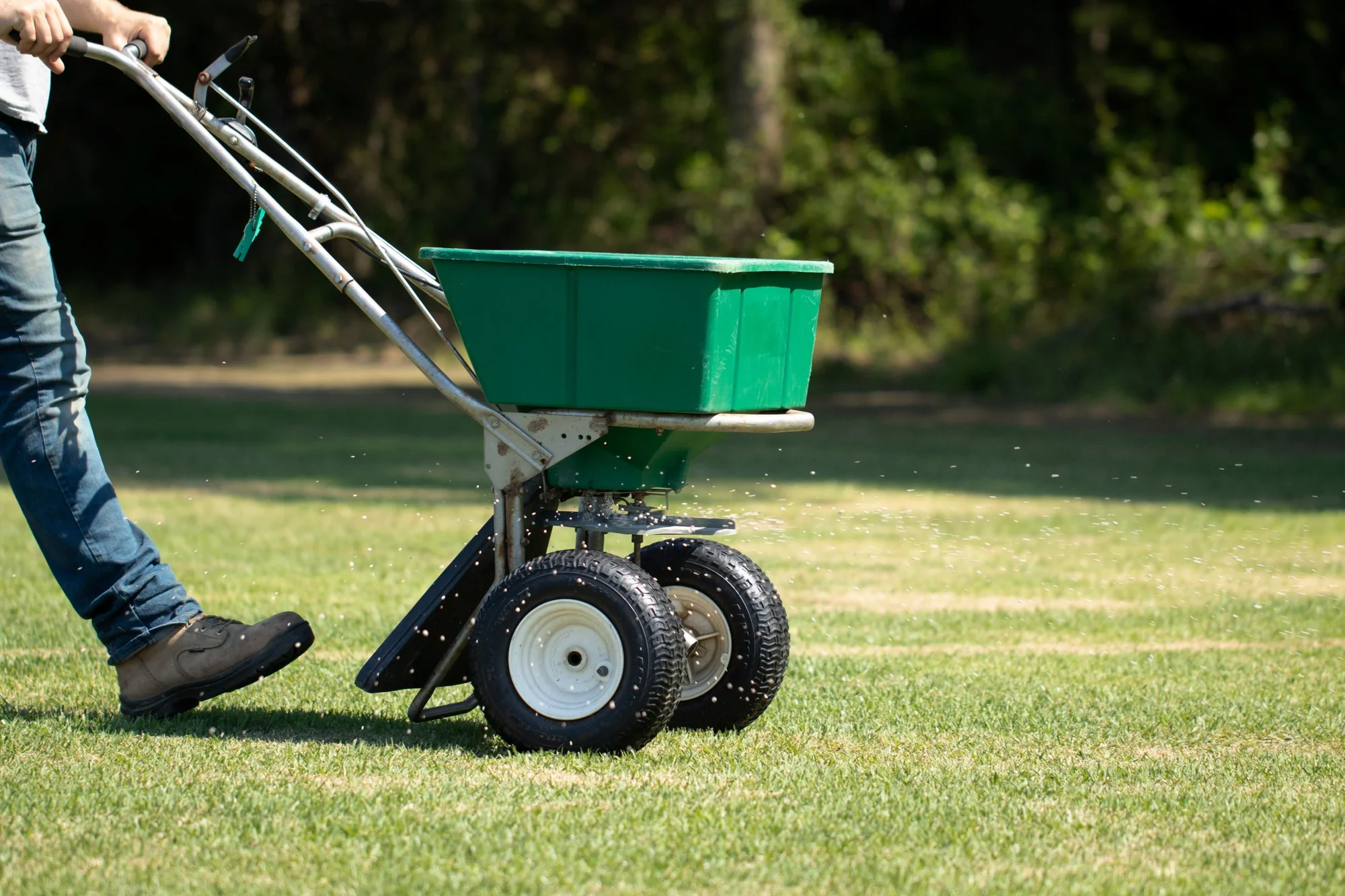
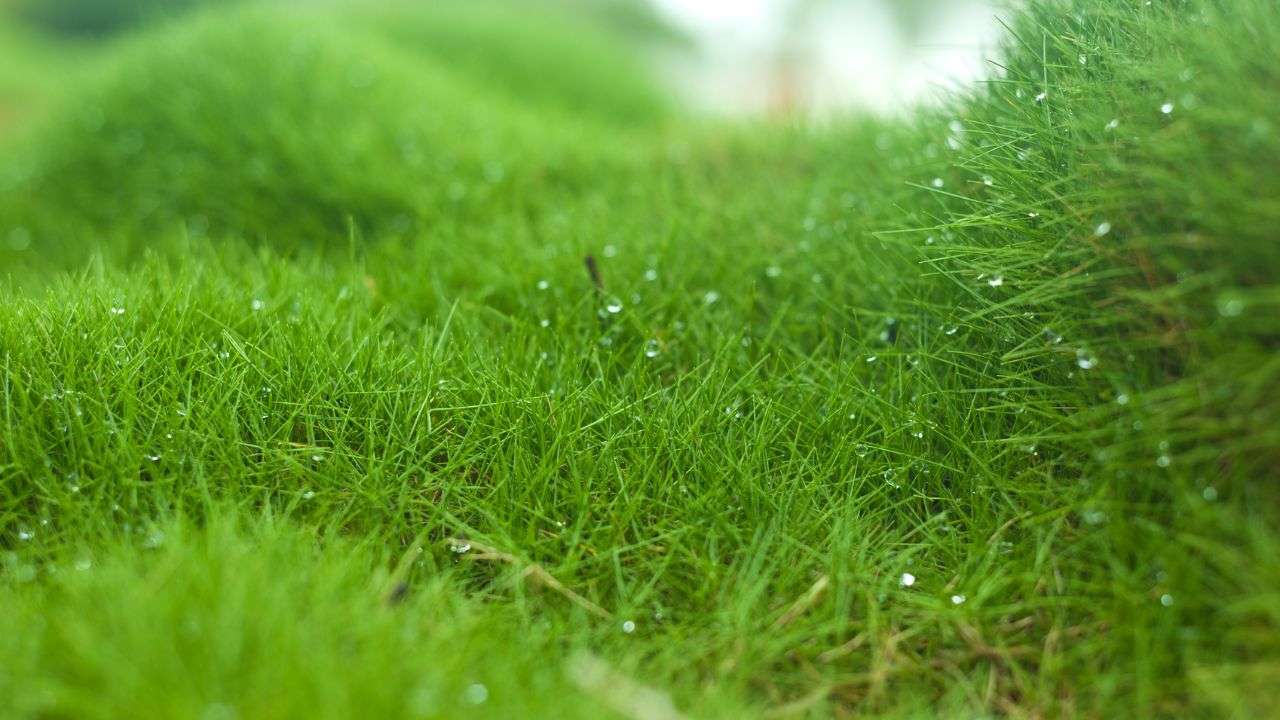

0 thoughts on “What Is The Best Zoysia Grass”